Let’s talk about the importance of special education progress monitoring tools and data collection. In this post, we started the conversation about progress monitoring as a special education teacher. How do you feel when you hear the words “progress monitor”? As a special education teacher monitoring goals is an important aspect of our job.
Do you feel like this too?
I know as a special education teacher makes me feel like a constant game of “catch up” or a never-ending pile of paperwork to stay on top of. However, that is what I like to talk about some strategies to help streamline the progress monitoring process.
Let’s define the terms-
So first, data collection in definition form- in case you’re wondering- is an approach to gather information and this can be done to create goals or to monitor goals that are already in place.
And next, progress monitoring is used to assess students’ academic performance, their responsiveness to instruction, and to evaluate the effectiveness of instruction.
Collecting data helps determine if the strategies and accommodations are working for the goals that you have in place.
what can data collection be?
- Developmental goals
- academic goals
- behavior goals
- functional goals
- speech and language goals
- and mobility/physical.
So what different types of data sheets are there?
There are a variety of types of ways to collect data as well as different periods of time in which data can be collected. Some people like paper versions while others prefer digital. Some teachers and teams like to collect data daily while others prefer weekly or monthly data collection. It should be noted however, that data should be collected based on how the IEP goal is written.
How to take successful data collection
Have the data collection sheets in an easily accessible area to help ensure implementation.
In addition, build time into your schedule (even a day of the week) to update data to guarantee time to collect and reflect on the data collected.
items to help with data collection-
and a variety of data sheets.
Give individualized data sheets to the student. This helps teachers stay focused and give a reminder of the target areas of focus.
next steps
Moreover, when the data has been collected, teachers should reflect on the data in order to make sure current teaching methods and interventions are working.
Need help with data collection? Don’t miss the jam-packed workbook to help you be more successful.
Finally, here is a podcast episode all about Progress monitoring as a special education teacher. I wanted to share what ways you implement data collection or what you’d love to learn more about then leave a comment below. I can’t wait to hear from you!
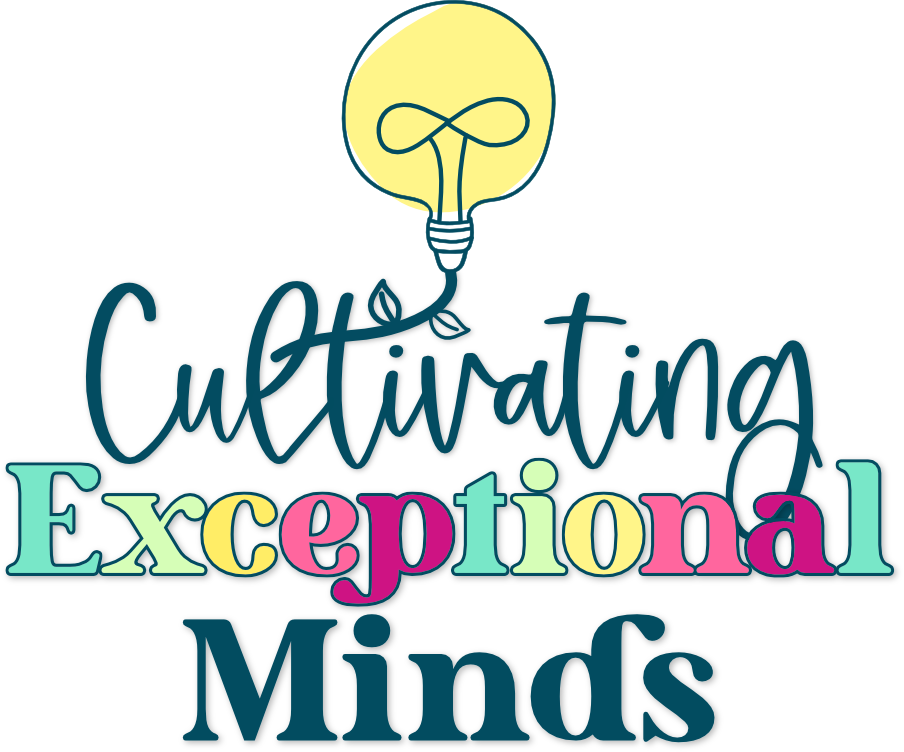

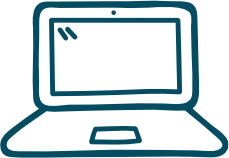
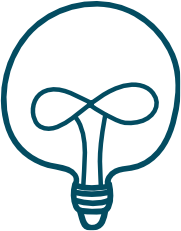


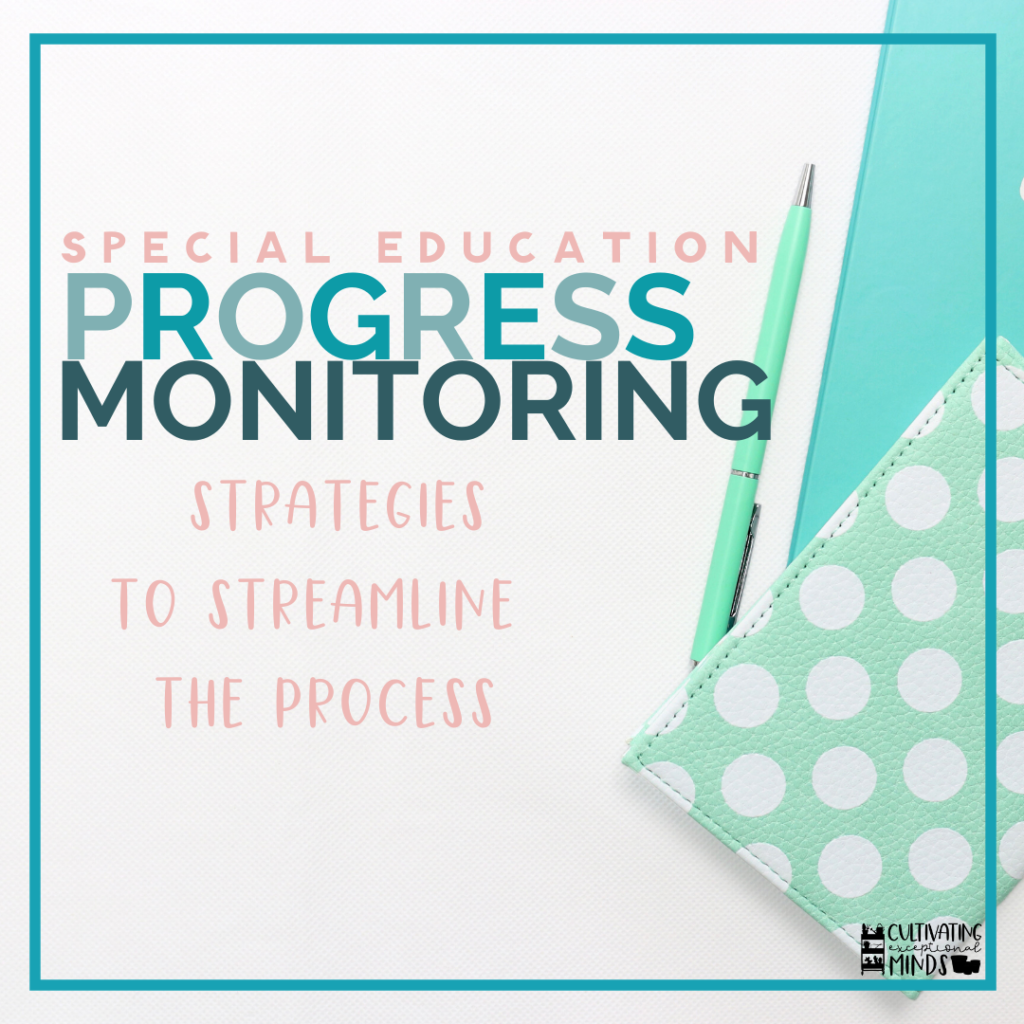
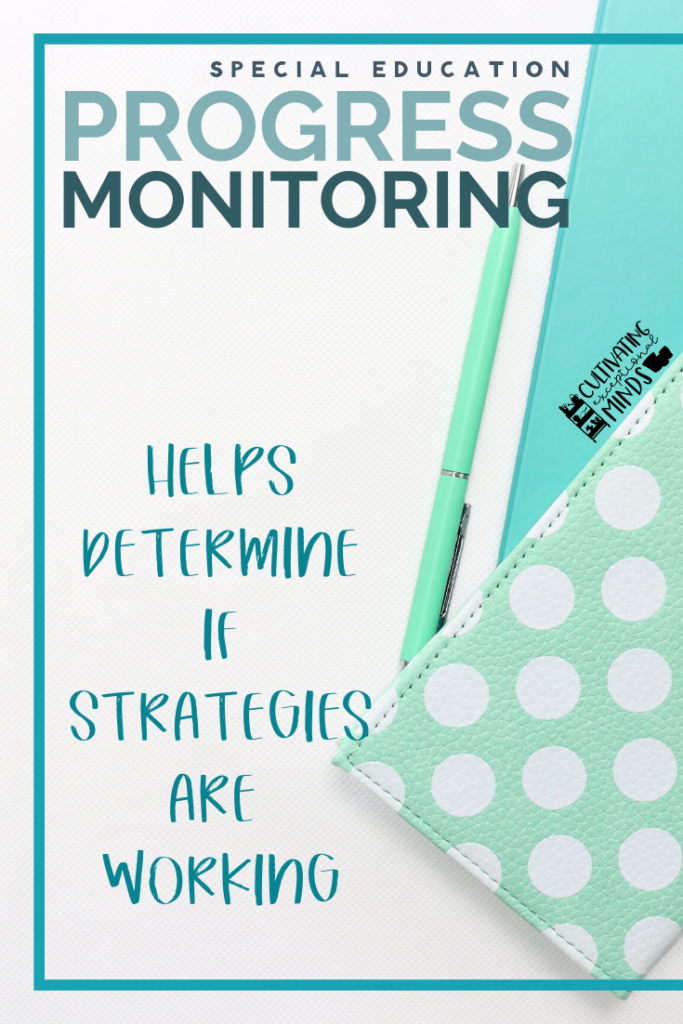
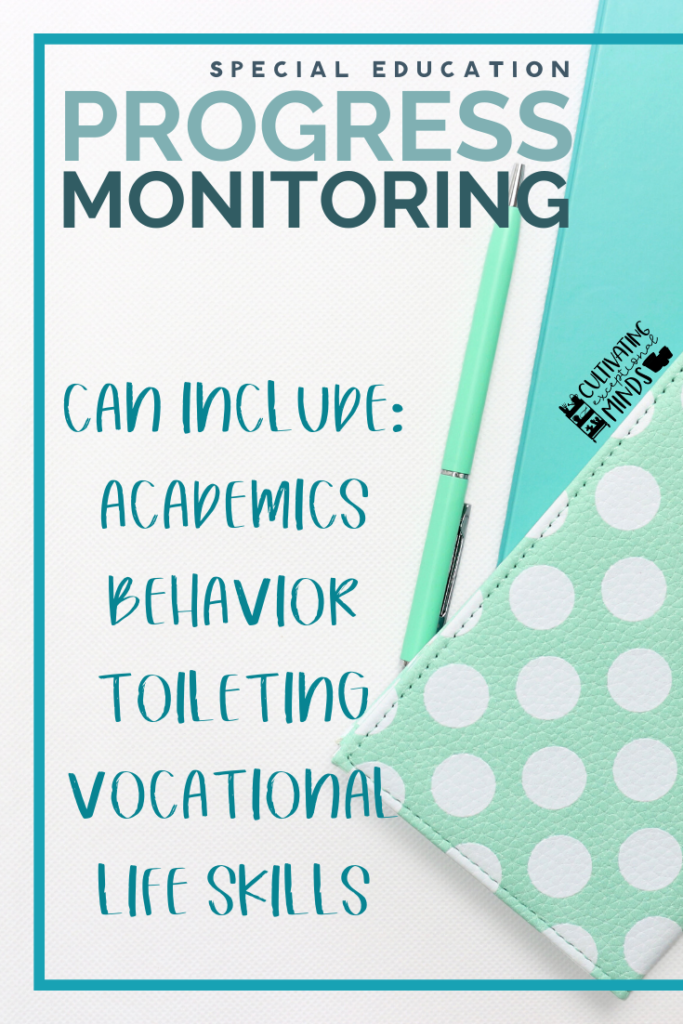
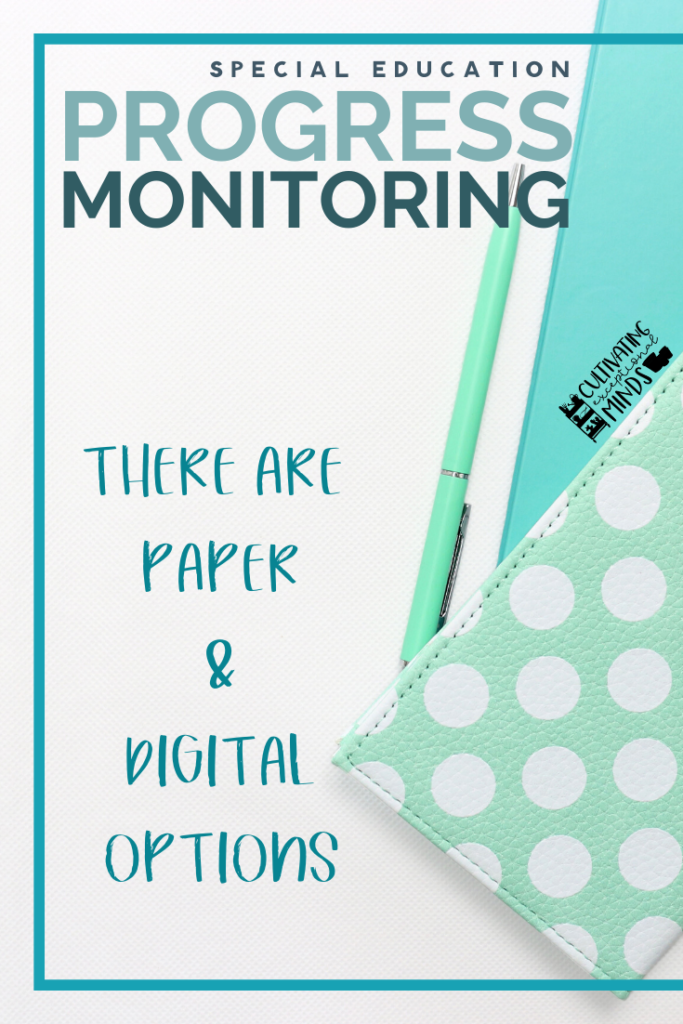
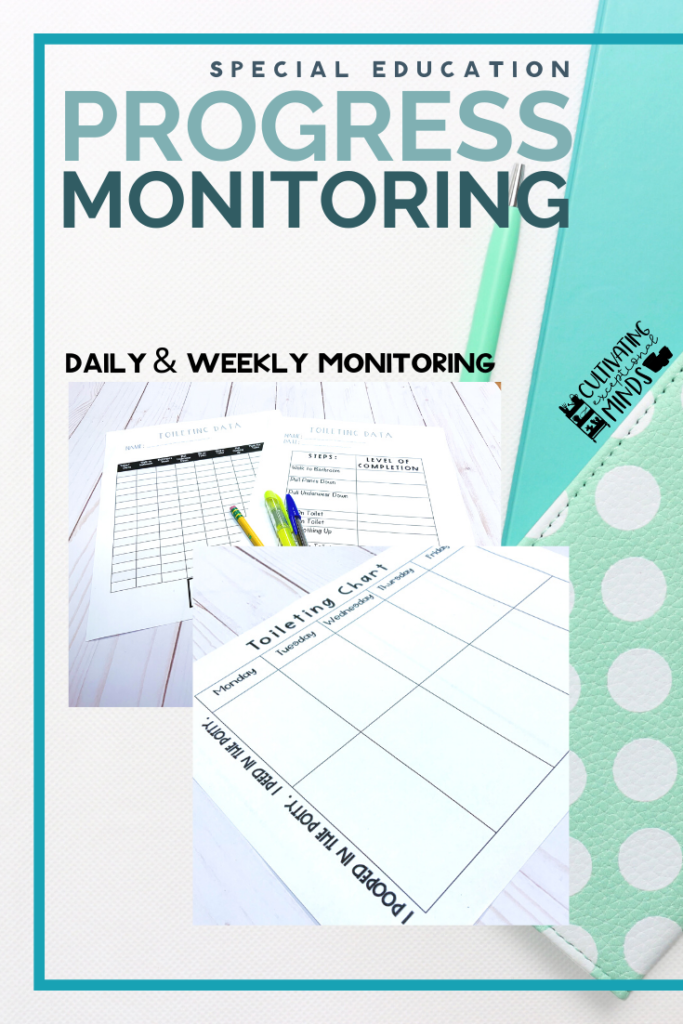
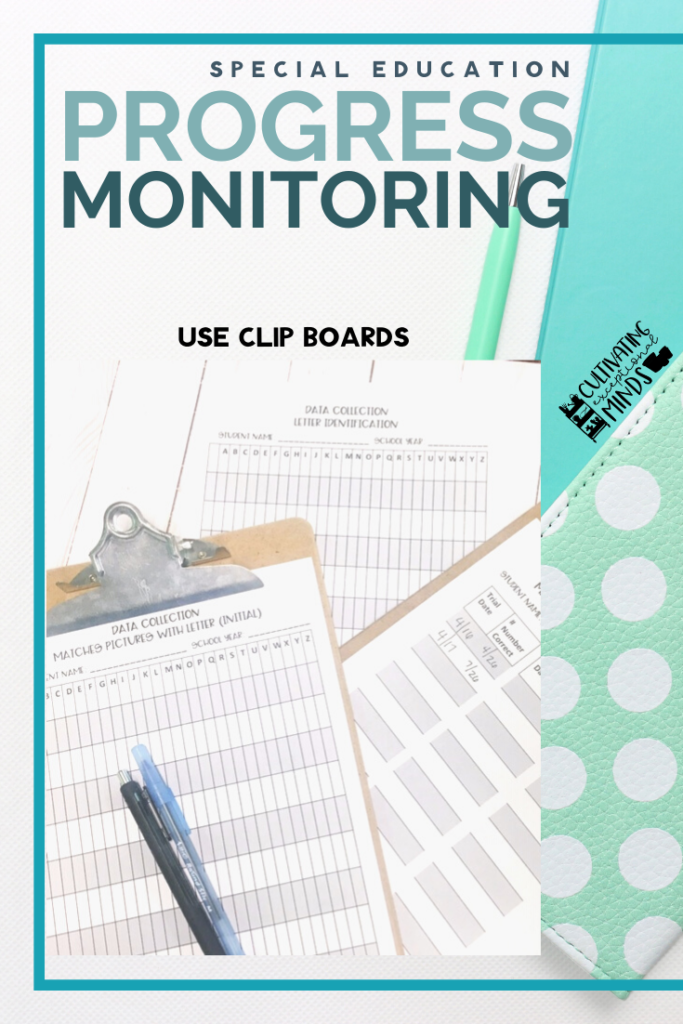
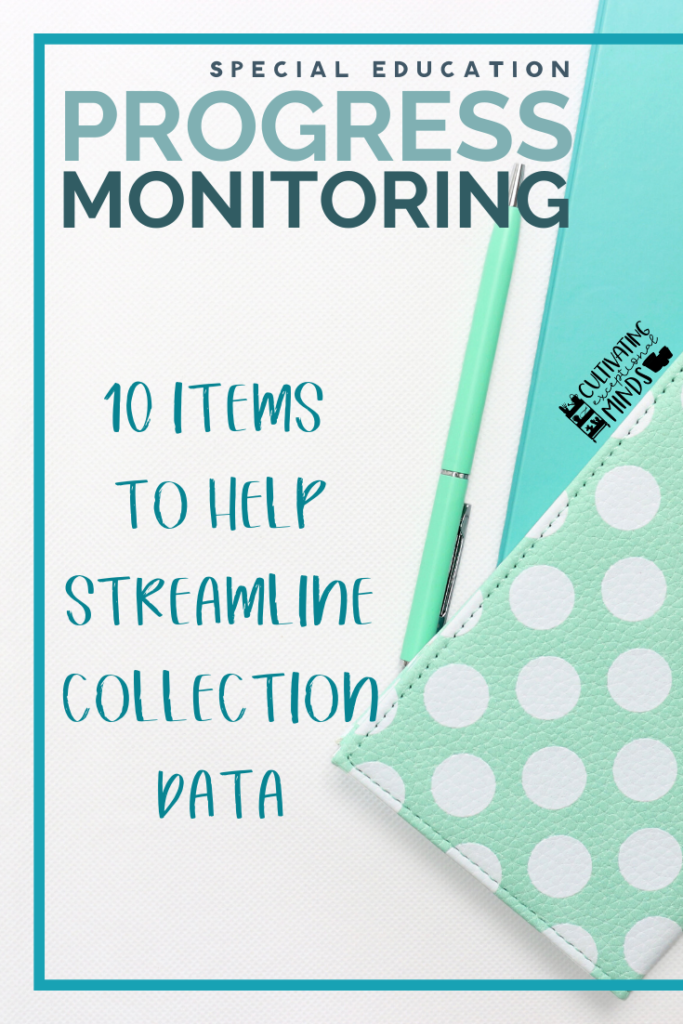



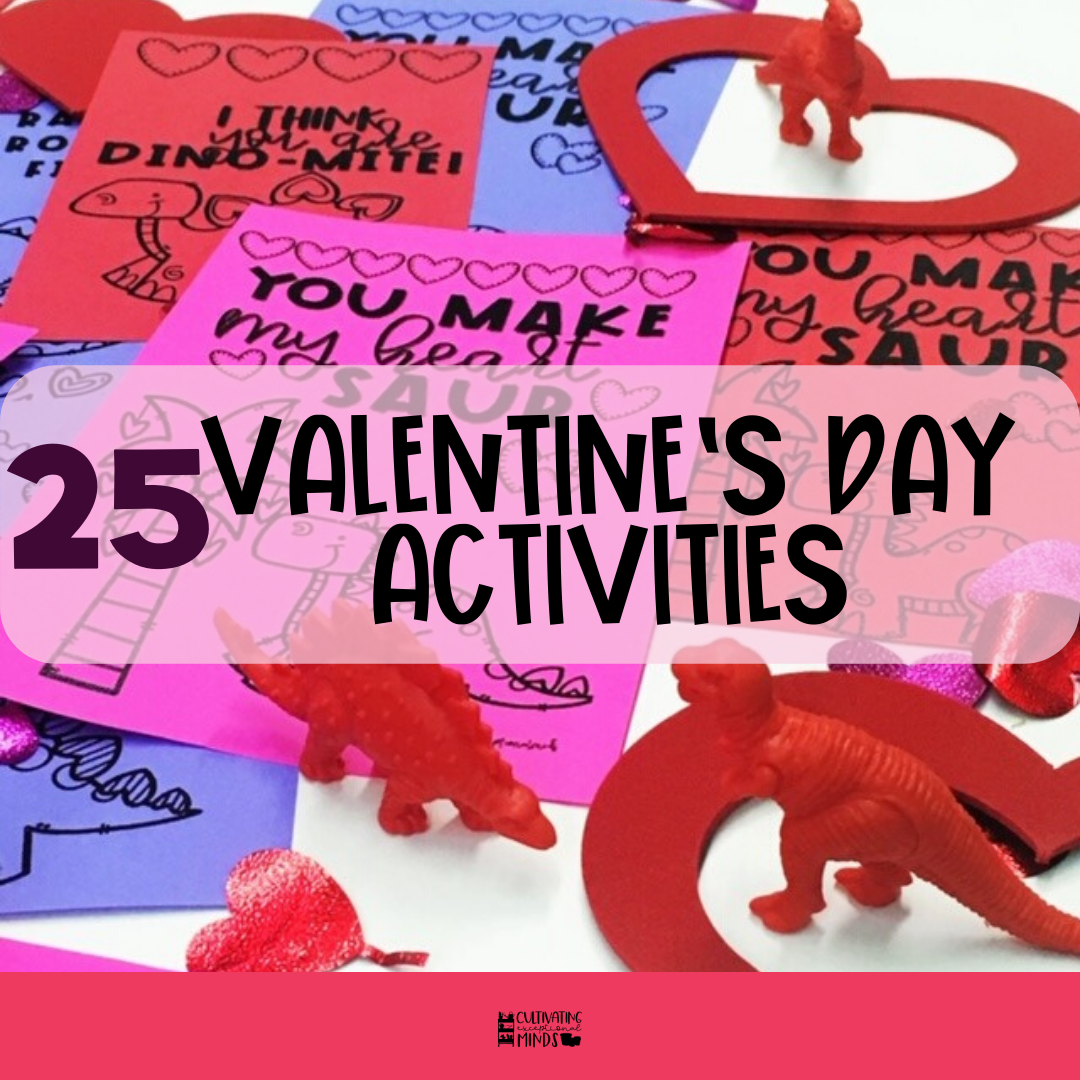
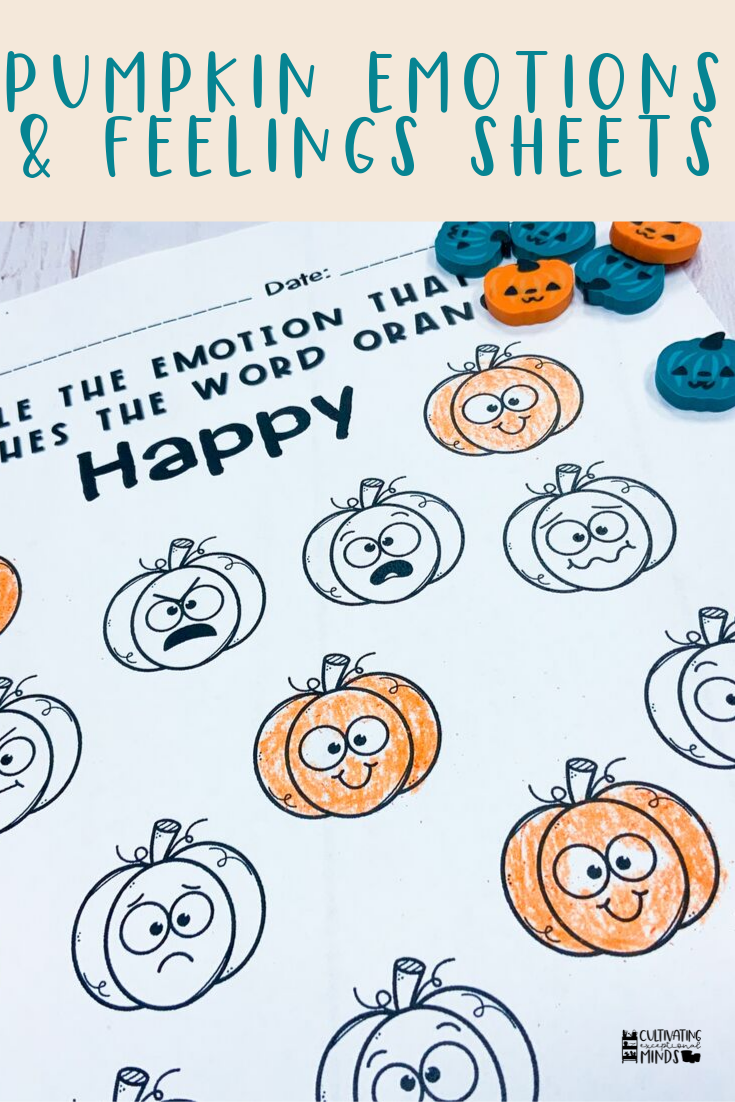



11 Comments
Thanks for your suggestions for helping with streamlining paperwork!
Data collection is always such a daunting task. Thank you for streamlining the process and creating the workbook to help a teacher out!
Love these tips and insight! There’s always so much paperwork involved in our day to day so any advice is always appreciated!
Thank you for sharing this! I appreciate your help with progress monitoring. This post is full of helpful tips!!
Thank you for these suggestions! This is also useful for annotating notes for small groups!
Data collection can be overwhelming but so necessary. This post gave me some great ideas on how to organize and streamline data. Thanks!
Data collection can be so overwhelming but it’s so necessary. I appreciate your tips for streamline and organizing data. Thanks!
Thanks so much for this wealth of information! I am a kindergarten teacher but we still need to progress monitor and take data on our tier 1, 2, and 3 kiddos. I’ve gathered some helpful ideas here!
I love that these are practical and easy to follow! I’ve wanted to improve in my data collection and this is helpful.
This was such an informative post. Thank you!
I needed this post my first year of teaching- your explanations are great & I hope new teachers have a chance to read this!!!! It’s a good reminder even for me now.
Comments are closed.